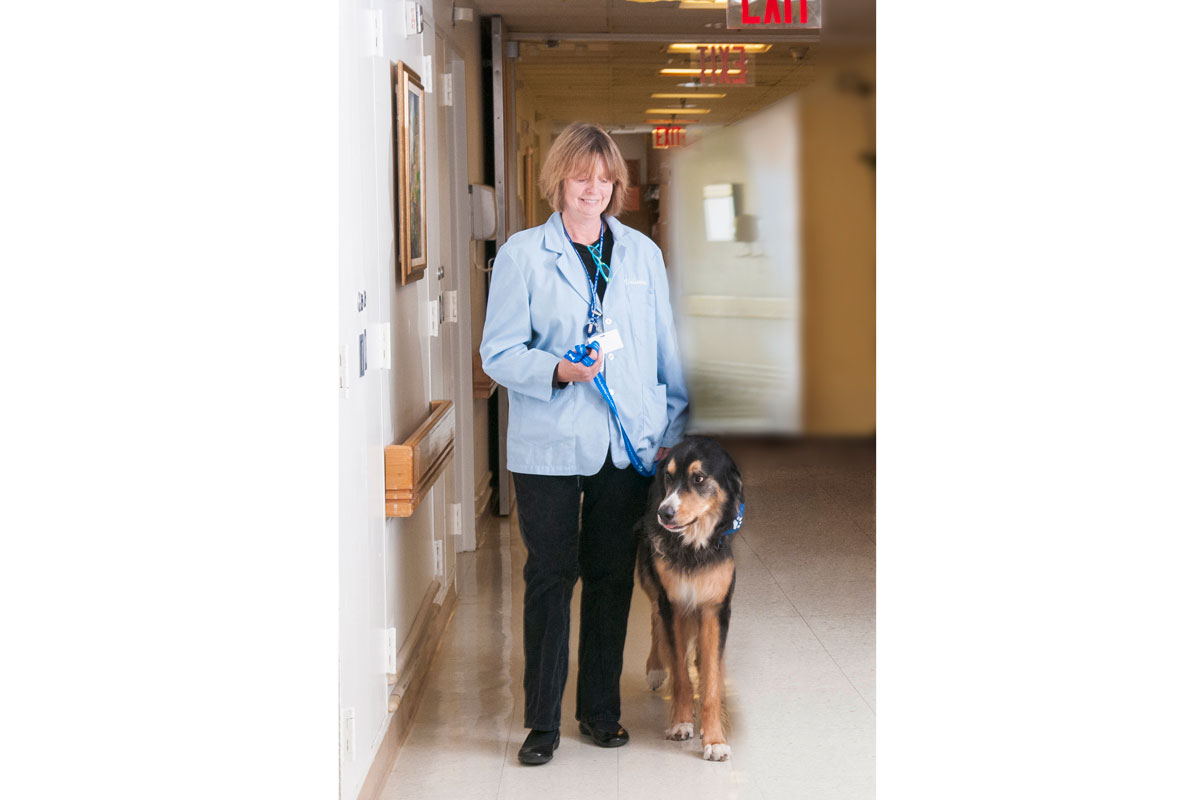For the past several years, researchers have recognized that the brain tumor glioblastoma is powered by cancer cells called tumor stem cells. Figuring out how tumor stem cells function is important because their ability to survive likely explains why glioblastoma is so hard to treat.
A multicenter team led by scientists at Memorial Sloan Kettering recently reported discovering a likely identity for these tumor stem cells. The leading contenders are called radial glia cells. Radial glia cells play a key role in building fetal brains but were previously thought to disappear after birth. The findings were published January 30 in Stem Cell Reports.
“We can’t say with certainty that radial glia cells are the same as tumor stem cells, but they are now very high on the candidate list,” says physician-scientist Viviane Tabar, Chair of MSK’s Department of Neurosurgery, who was the study’s senior author. “The look and behavior of brain stem cells in the developing brain and the tumor stem cells that we have identified are so similar to each other. This is the first time we’ve seen these features in cells from a human tumor.”
An Unexpected Finding
The first clues about the identity of these tumor stem cells were uncovered by Rong Wang, a research associate in Dr. Tabar’s lab. Dr. Wang was studying tumor tissue that had been removed from patients. She was using the tissue to grow organoid-like structures in petri dishes. Organoids are miniature organs that look and behave very much like their full-size counterparts. They are an increasingly important tool across cancer research for studying tumor development as well as for testing drugs.
Dr. Wang noticed that some cells in the organoids had an unusual shape and exhibited unusual behavior. They had very long processes, or tails, and when they divided, their daughter cells had the same shape. Additionally, when these unusual cells divided, their nuclei jumped over long distances. Dr. Wang recognized that these features are also seen in radial glia.
Further analysis confirmed that these unusual cells also were present in the tissue taken from patients: The team studied samples from dozens of tumors.
“Radial glia cells previously were not thought to persist in adulthood,” Dr. Tabar explains. “If glioblastoma tumors arise from them, that may mean that humans retain some radial glia cells in our brains as adults. The other possibility is that the genetic changes in the cancer turn some of the brain cells back into cells that look very much like radial glia cells.”
A Valuable Collaboration
To learn more about these cells, the Tabar lab collaborated with Dana Pe’er, Chair of the Sloan Kettering Institute’s Computational and Systems Biology Program, as well as with computational biologists at the Wellcome Sanger Institute in the United Kingdom.
They performed studies called single-cell RNA sequencing to look at which genes were expressed, or turned on, in individual cells. The patterns of gene expression observed in the samples taken from patient tumors and those grown in the lab were very similar to what’s seen in radial glia cells from embryos.
“This was a very challenging study to pull together. We took advantage of MSK’s wide range of tumors and access to fresh surgical tissue, as well as the resources of the Computational and Systems Biology Program here,” Dr. Tabar says.
A Potential Explanation for a Cancer’s Aggressive Behavior
Additional research is needed to confirm whether these cells are indeed the same. Another focus of future work will be the role of inflammation. “Inflammation may help bring radial glia-like cancer cells out of dormancy,” Dr. Tabar explains. “This could explain why inflammation can sometimes lead to the worsening of brain tumors.”
Dr. Tabar hopes that the publication of the findings will encourage further analysis and that “as technology advances, there will be easier ways to identify and study these cells,” she concludes.
